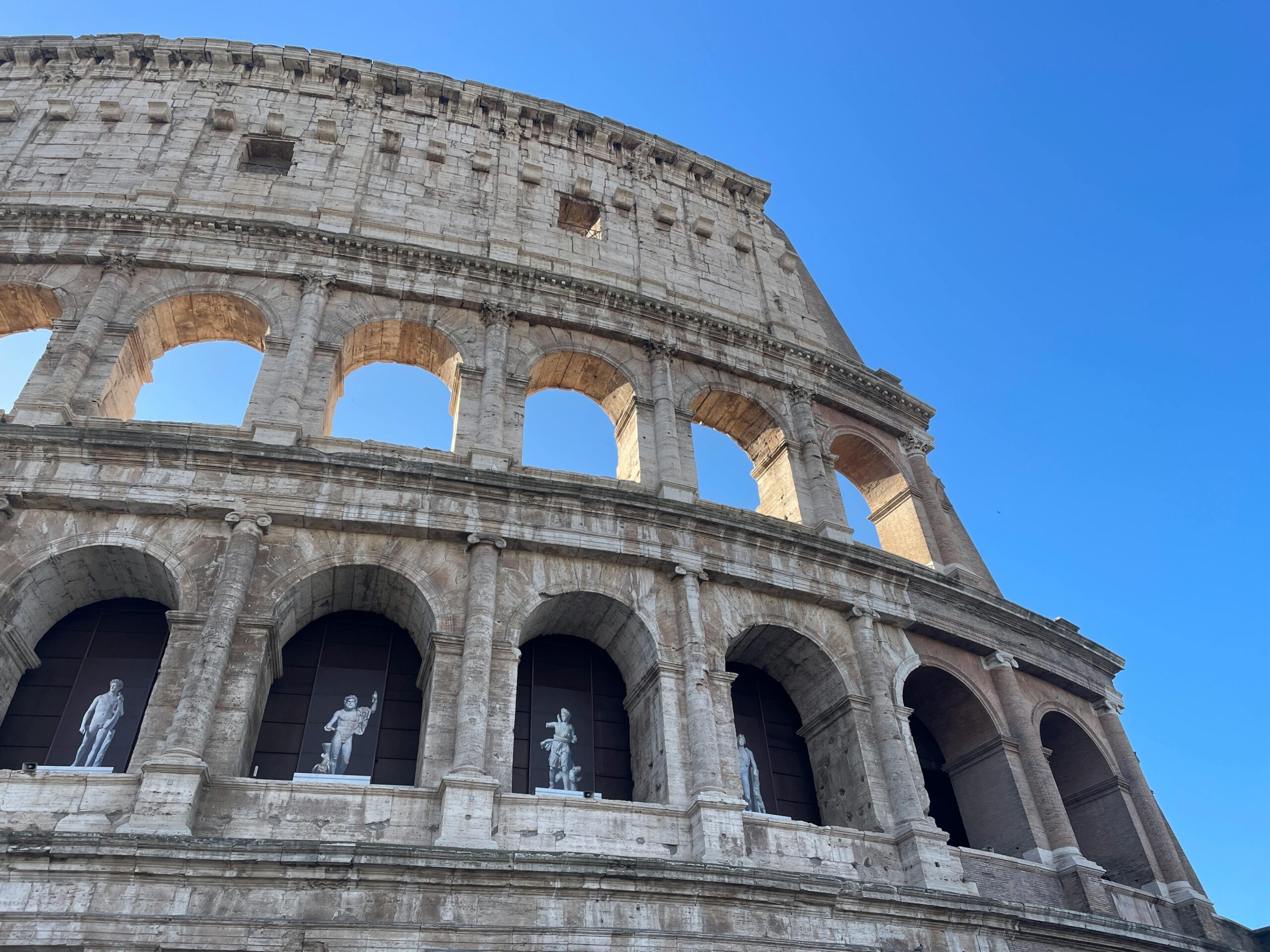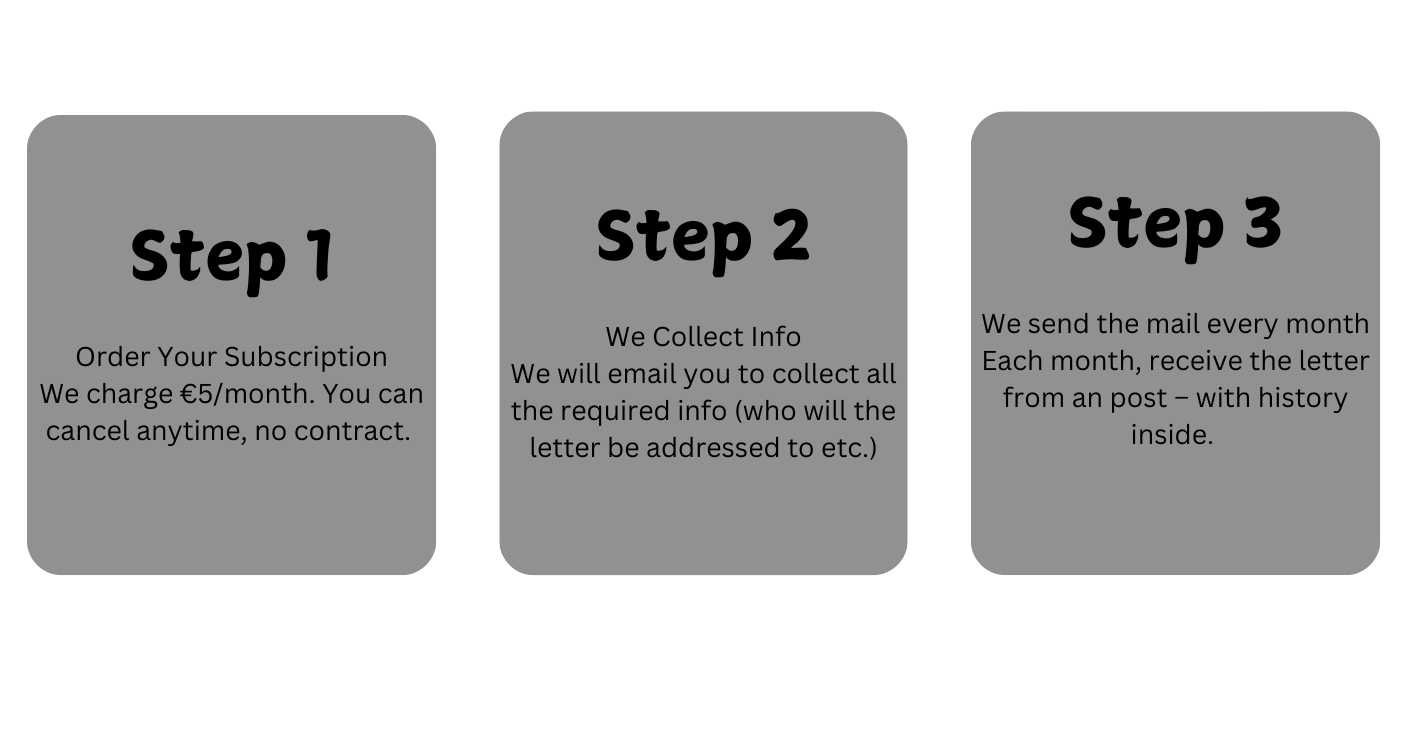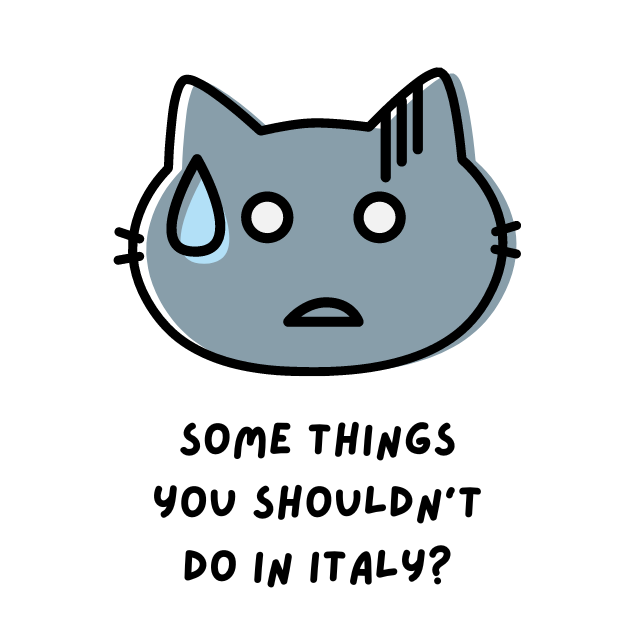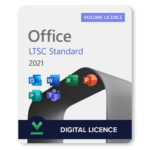According to the ‘Digital 2024’ report by We Are Social in collaboration with Meltwater, social media usage in Italy has reached significant milestones. As of 2024, a substantial 88% of the Italian population is connected to the internet, reflecting a high level of digital integration in daily life. On average, Italians are spending nearly six hours a day online, which underscores the centrality of digital platforms in their routine activities.
Thank you for reading this post, don't forget to subscribe!Social media has become an integral part of this online presence. Out of Italy’s total population, 43 million people, or approximately 73%, are active social media users. This widespread adoption illustrates how essential social media has become for communication, entertainment, and information sharing among Italians. Not only are they active users, but they also engage with a diverse range of platforms. On average, Italians interact with six different social media platforms each month, indicating a broad and varied social media landscape.
The data encapsulates the dynamic nature of social media engagement in Italy, showcasing a populace that is both digitally connected and socially active. This high level of engagement across multiple platforms highlights the importance of social media in shaping contemporary Italian culture and social interactions. As we delve deeper into specific platforms and trends, it will become evident why Italy is a significant player in the global digital sphere.
TikTok: The Dominant Social Media Platform
TikTok has emerged as the leading social media platform in Italy, captivating users with its engaging and dynamic content. In 2024, TikTok’s dominance is evidenced by the staggering average time spent on the platform, which stands at 32 hours and 12 minutes per month. This impressive figure underscores the platform’s ability to captivate a wide audience and keep users returning for more.
Several factors contribute to TikTok’s overwhelming popularity in Italy. Key among these is its user-friendly interface, which allows even the most novice users to navigate and create content effortlessly. The platform’s design ensures that users can quickly find and engage with the content they love, whether it be through personalized recommendations or trending topics.
Another pivotal element behind TikTok’s success is its appeal across diverse age groups. While it initially gained traction among younger audiences, TikTok has expanded its reach, attracting users from various demographics. This broad appeal is partly due to the platform’s versatile content, which ranges from entertainment and educational videos to lifestyle and DIY tutorials. As a result, TikTok has become a digital melting pot where users of all ages find content that resonates with their interests.
TikTok’s unique features, such as short-form videos and trending challenges, also play a significant role in its dominance. These features not only make content creation accessible but also foster a sense of community among users. Trending challenges, in particular, encourage participation and creativity, allowing users to engage with global trends while adding their personal touch. This interactive and participatory nature of TikTok sets it apart from other social media platforms, solidifying its position at the top.
In conclusion, TikTok’s rise to prominence in Italy is a testament to its engaging content, intuitive design, and widespread appeal. Its ability to draw in users for extended periods, combined with its innovative features, ensures that TikTok remains the dominant social media platform in the Italian digital landscape.
Other Popular Social Media Platforms: YouTube, Facebook, Instagram, and WhatsApp
Following TikTok’s lead in 2024, other social media platforms continue to play significant roles in Italy’s digital landscape. Among these, YouTube stands out with users dedicating an average of 18 hours and 15 minutes per month to the platform. YouTube’s appeal lies in its extensive video content, ranging from educational tutorials to entertainment. The platform attracts a diverse audience, from young adults seeking entertainment to professionals searching for industry insights. This user engagement makes YouTube an essential tool for travel influencers and tour companies looking to visually captivate potential tourists.
Facebook, though experiencing a decline in younger demographics, remains a cornerstone with an average of 16 hours and 37 minutes spent per month. It serves as a hub for community engagement and event planning, making it invaluable for local businesses and globitaly tour organizers. The platform’s broad user base and versatile features, such as groups and pages, allow for targeted marketing and audience interaction, crucial for travel agencies aiming to connect with potential clients.
Instagram, with users spending an average of 15 hours and 13 minutes monthly, thrives on visual storytelling. Its dominant user base comprises millennials and Gen Z, who are drawn to its visually driven content. The platform’s features, such as Stories and Reels, offer dynamic ways for travel influencers to showcase destinations and experiences, thus influencing travel decisions. Instagram’s integration of shopping features also provides a seamless way for businesses to market travel-related products and services.
WhatsApp, while primarily a messaging app, sees an average usage of 13 hours and 54 minutes per month. Its role in the social media ecosystem is unique due to its private nature and ease of communication. For travel agencies and tour operators, WhatsApp serves as a direct and personal channel to engage with clients, offer customer support, and manage bookings. Its end-to-end encryption ensures secure communication, which is vital for handling sensitive travel information.
These platforms collectively contribute to a multifaceted social media environment in Italy. Each one, with its unique features and demographic reach, caters to different aspects of user needs, from entertainment and community building to direct communication and marketing. Understanding the nuances of each platform allows businesses, particularly in the travel sector, to strategically engage with their audience and enhance their digital presence.
Implications and Future Trends in Italian Social Media Usage
As social media continues to be an integral part of daily life in Italy, the implications of its usage are multifaceted. The rise of platforms like TikTok has significantly reshaped how Italians interact with digital content, leading to an increase in screen time. This uptick in engagement can have various societal impacts, from shifts in public opinion to changes in social behaviors. One notable implication is the potential for social media to influence political landscapes, as platforms become arenas for public discourse and mobilization.
Looking ahead, several trends are likely to define the future of social media in Italy. Technological advancements, such as augmented reality (AR) and artificial intelligence (AI), are expected to enhance user experiences. These technologies could make social media interactions more immersive and personalized, thereby increasing user retention. Additionally, the integration of ecommerce features within social media platforms may grow, offering users seamless shopping experiences while fostering commercial opportunities for businesses.
Another prospective trend is the emergence of new platforms that cater to niche audiences. As users seek more specialized content and communities, there is potential for innovative social media applications to gain traction. These new entrants would need to offer unique value propositions to compete with established giants like TikTok, Facebook, and Instagram. Furthermore, the emphasis on privacy and data security is anticipated to rise, prompting platforms to adopt more robust measures to protect user information.
Changing user behaviors will also play a crucial role in shaping the social media landscape. As audiences become more discerning about the content they consume, platforms will need to adapt by offering high-quality, relevant, and engaging content. The growing concern over digital well-being may lead to the implementation of features that encourage mindful usage and reduce the risk of screen addiction.
In conclusion, the future of social media in Italy will likely be characterized by technological innovation, evolving user preferences, and the continual emergence of new platforms. These factors will collectively influence how social media evolves and its role within Italian society.
 Categories
Categories
 Discover Italy
Discover Italy
 Life
Life
 Travel
Travel
 Nature
Nature
 Explore Food
Explore Food


























